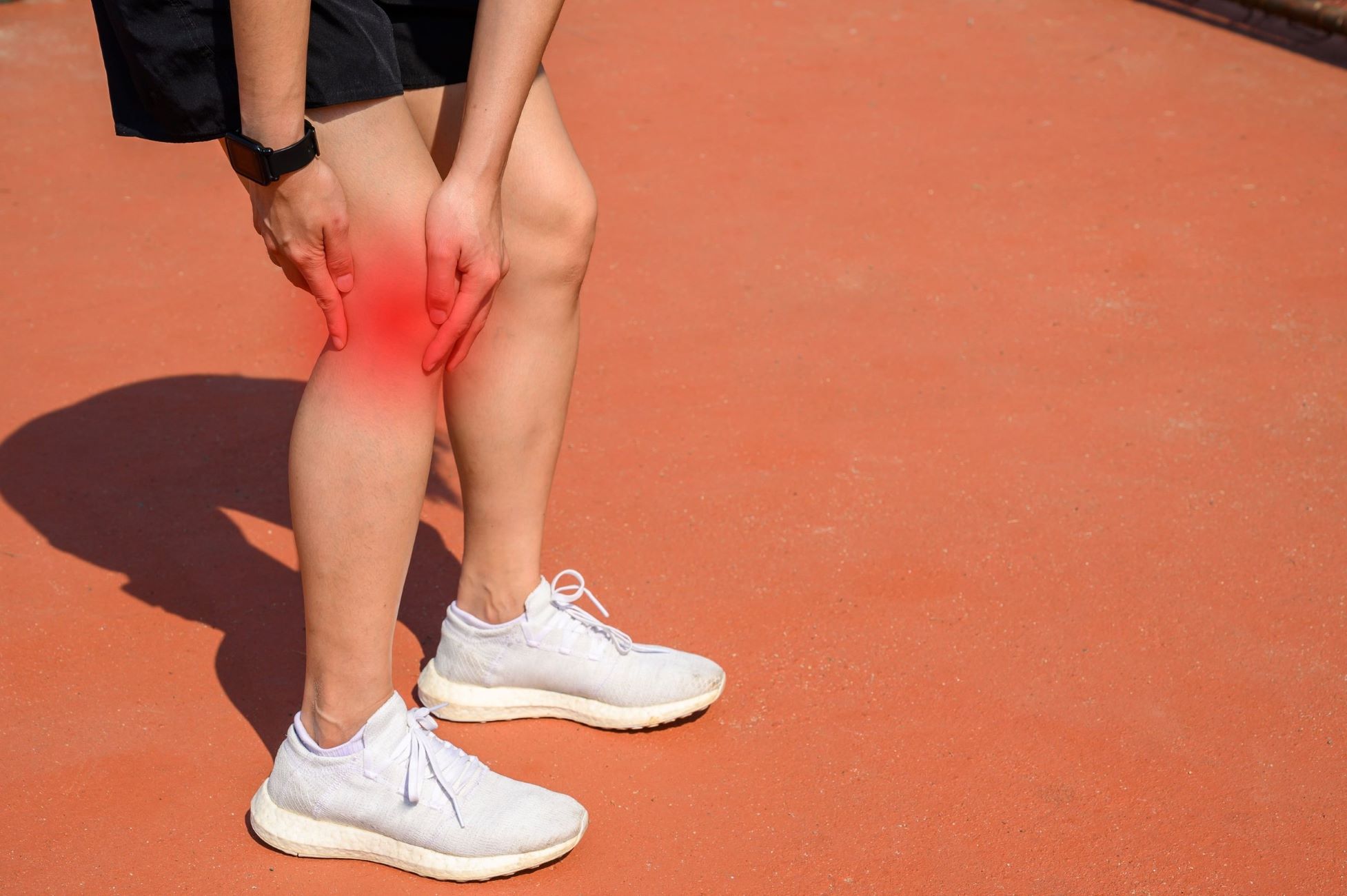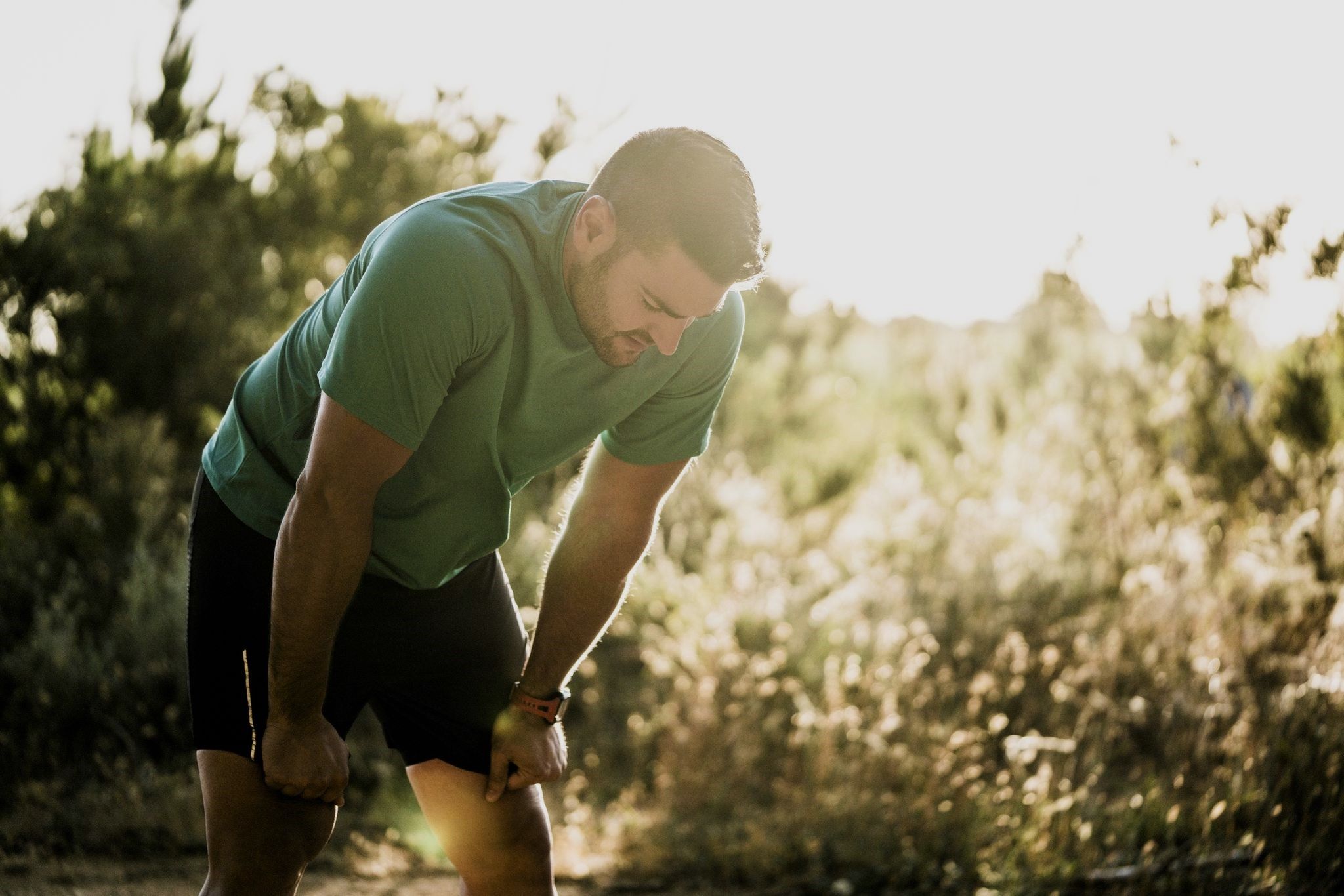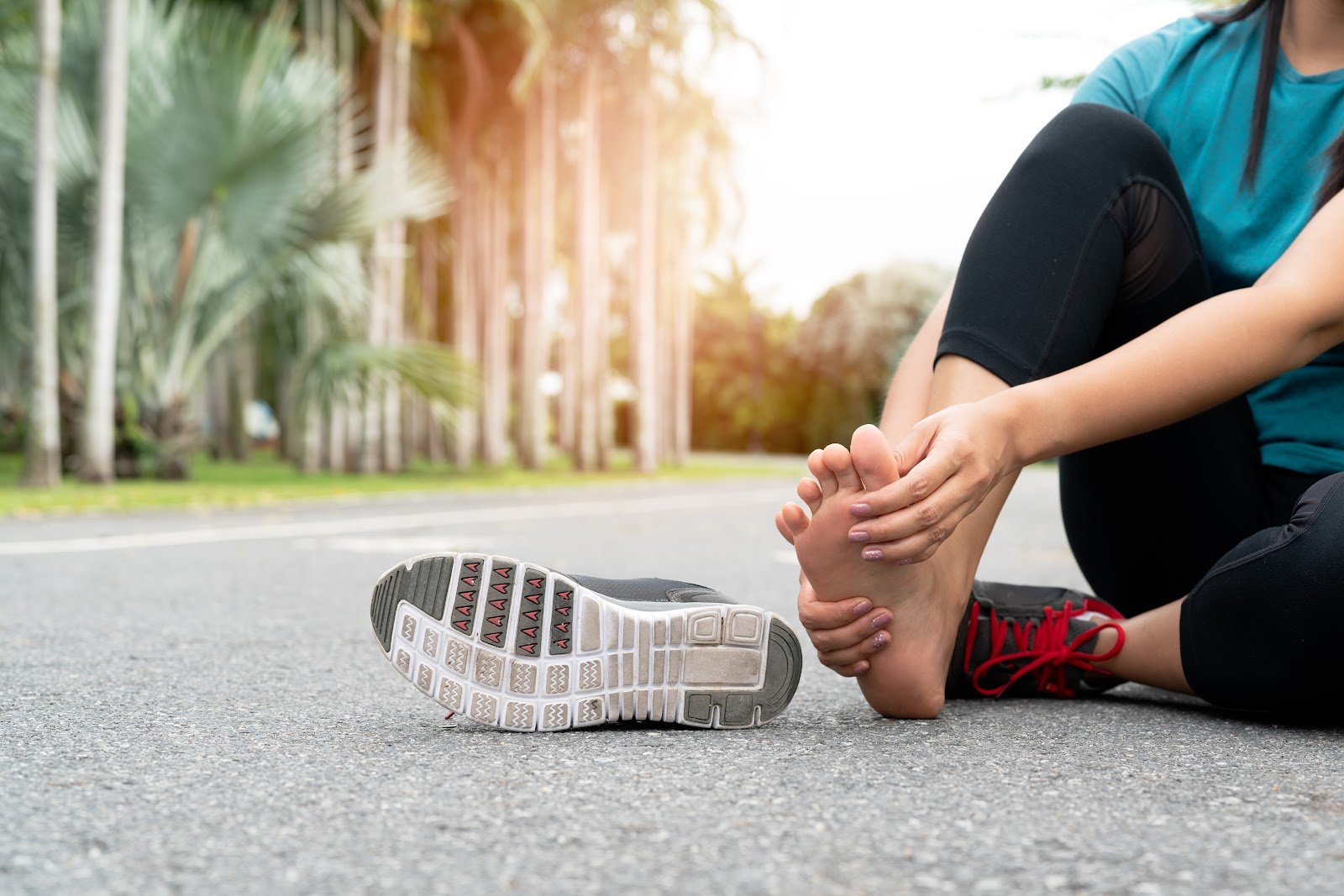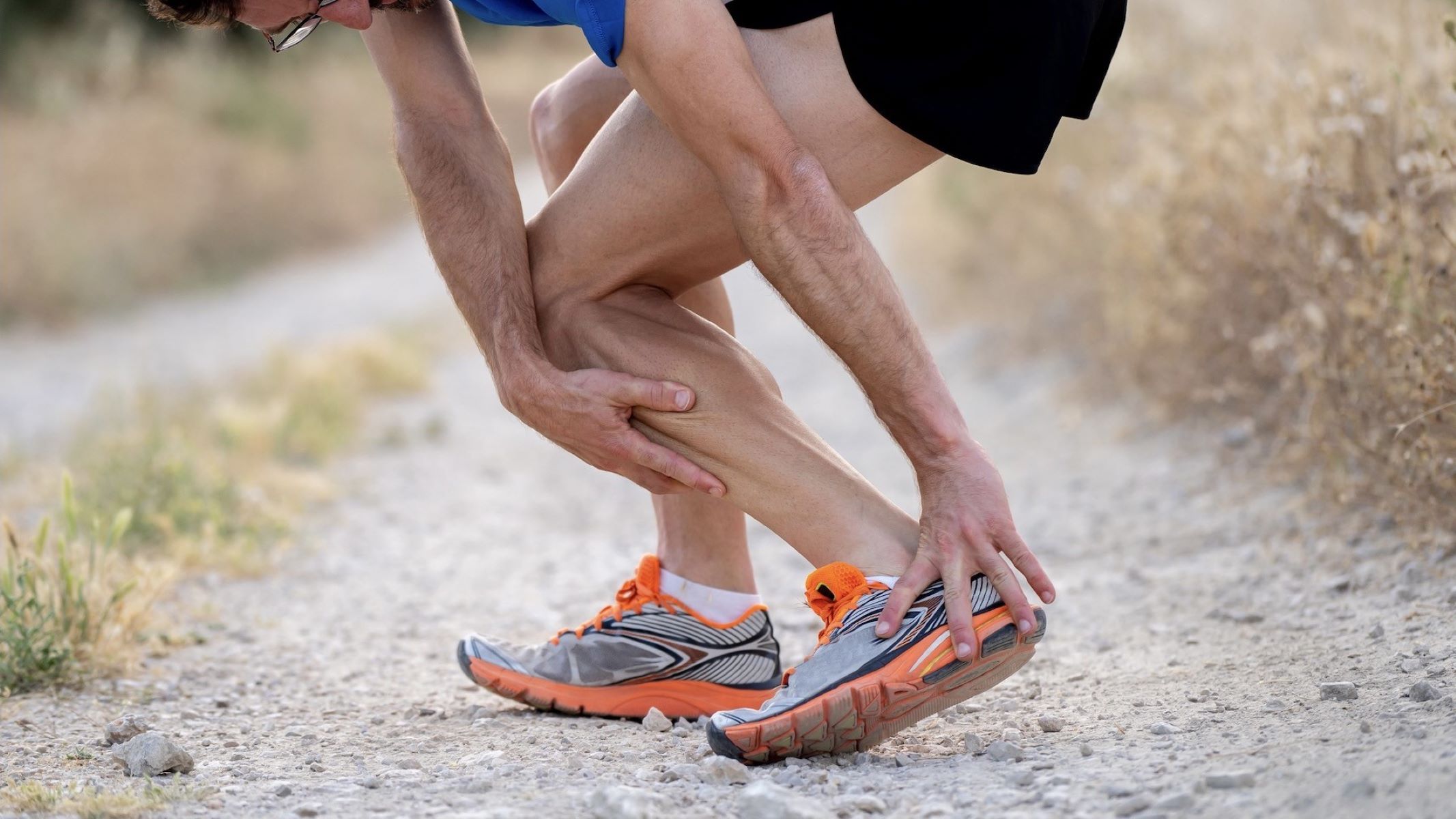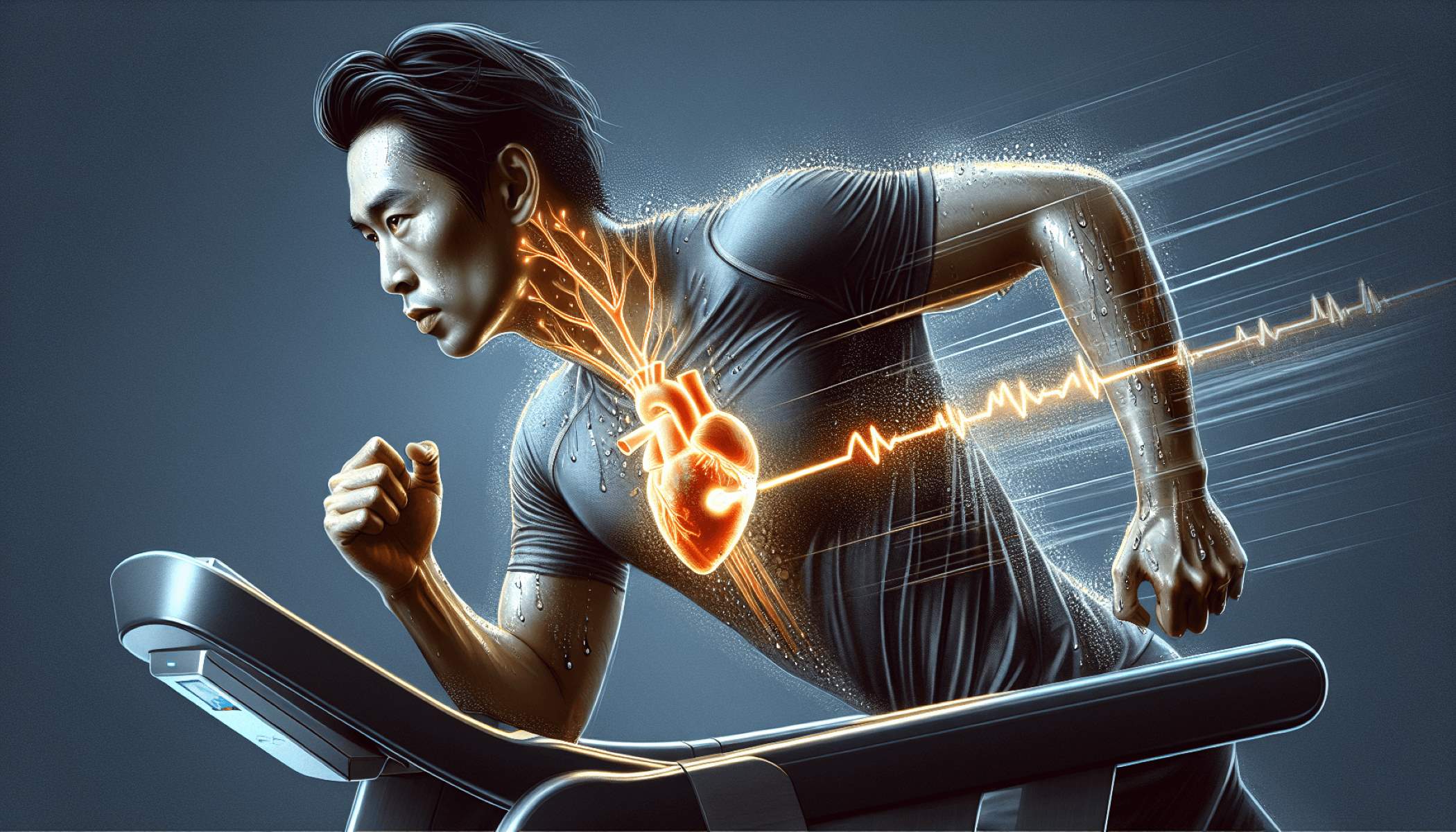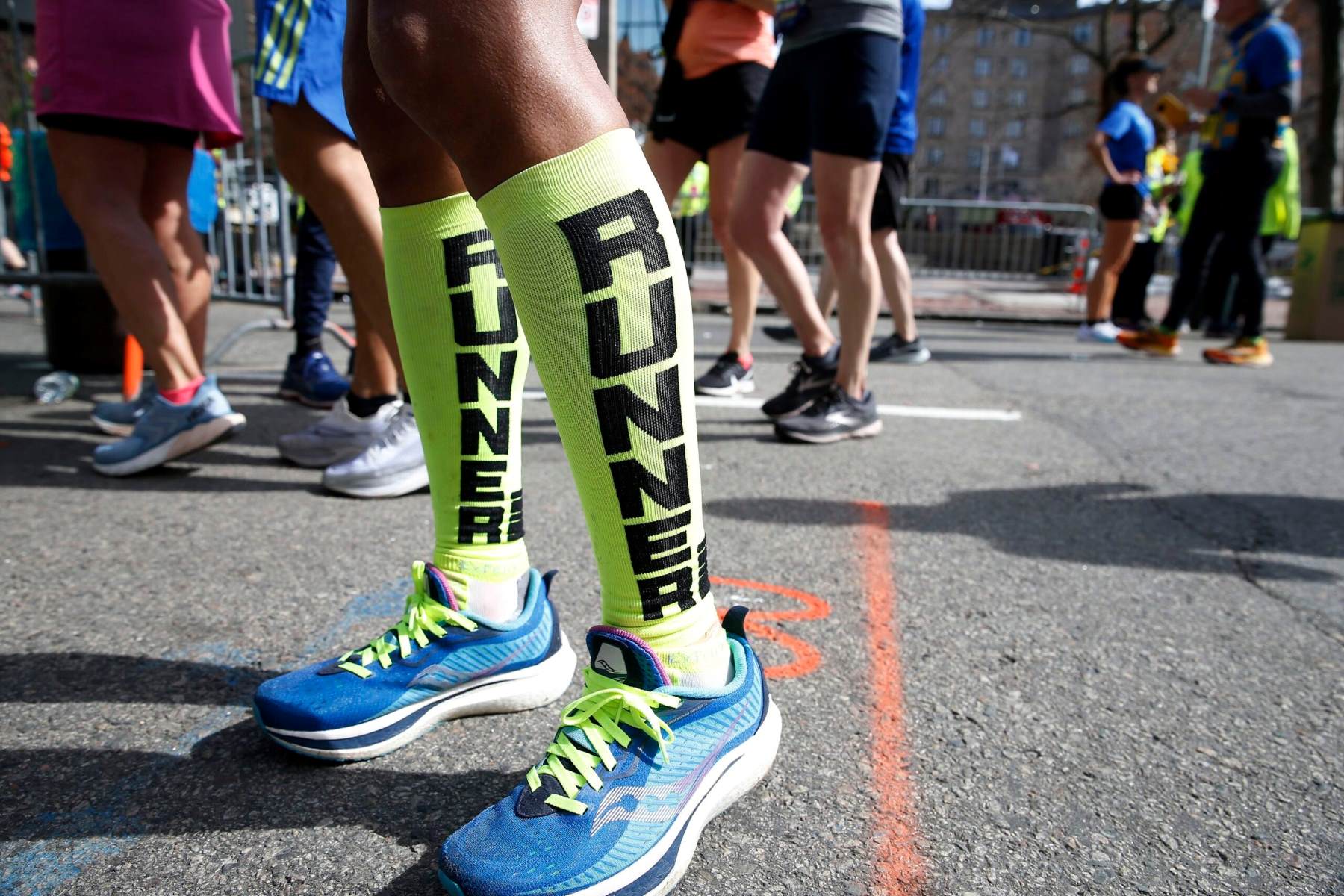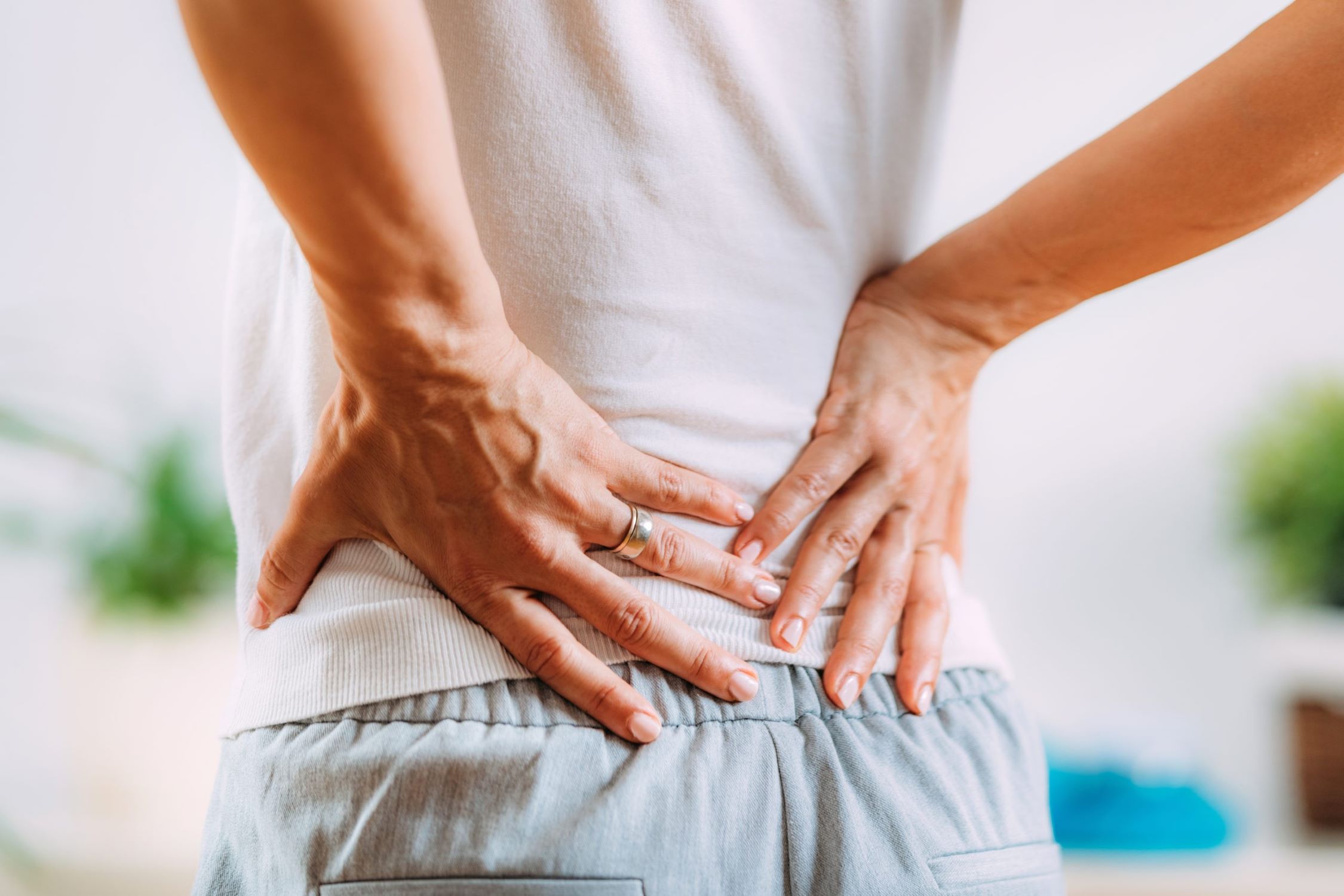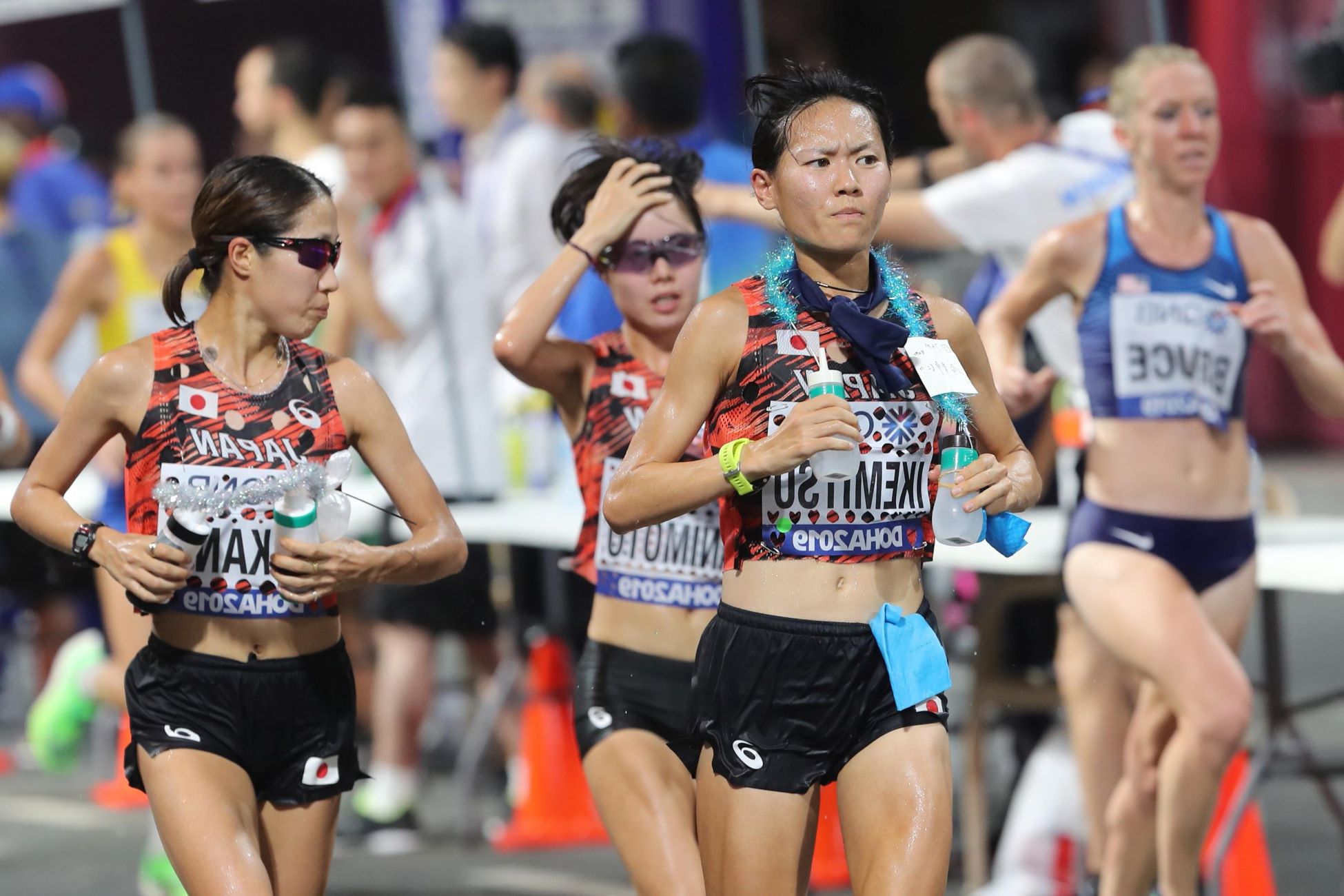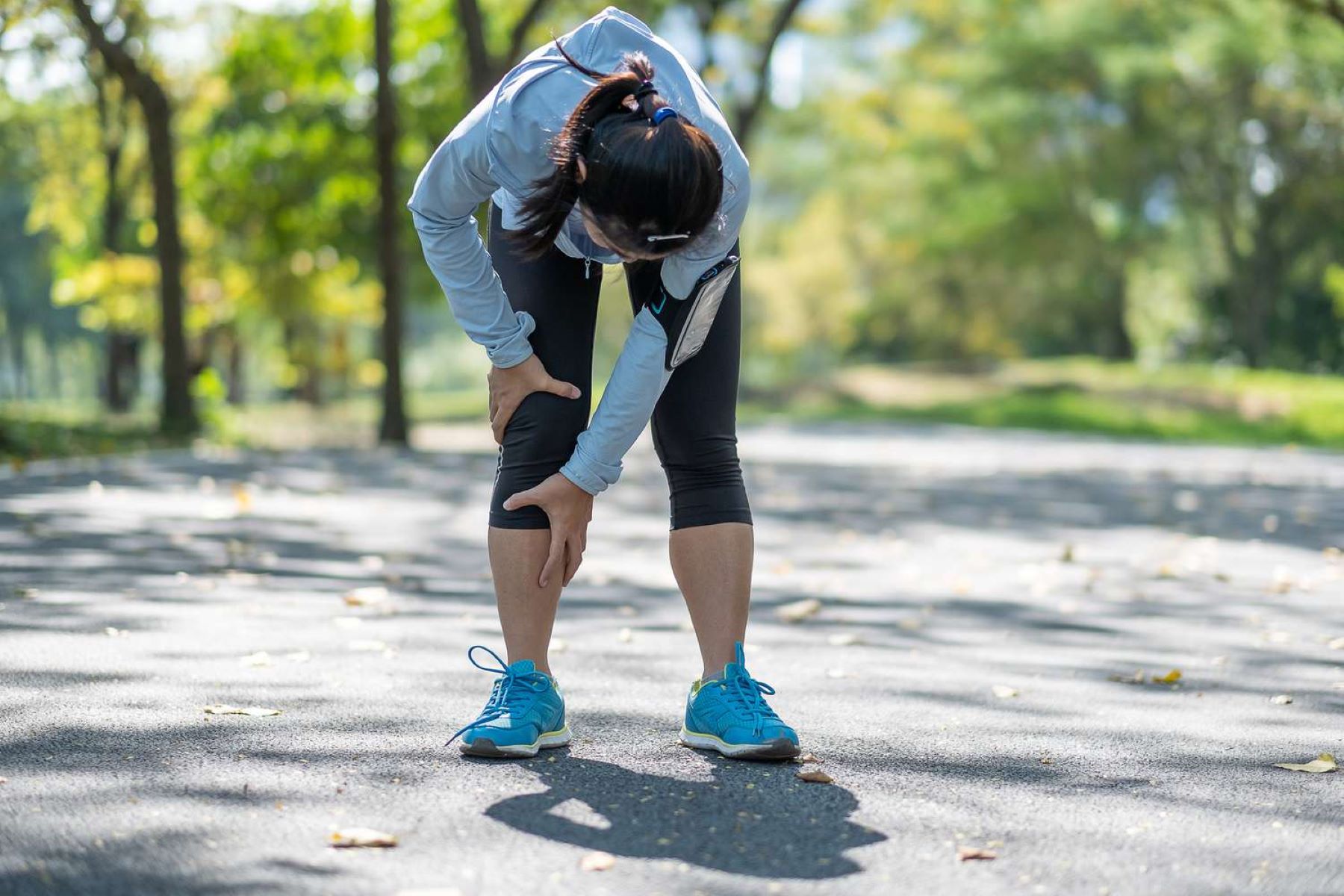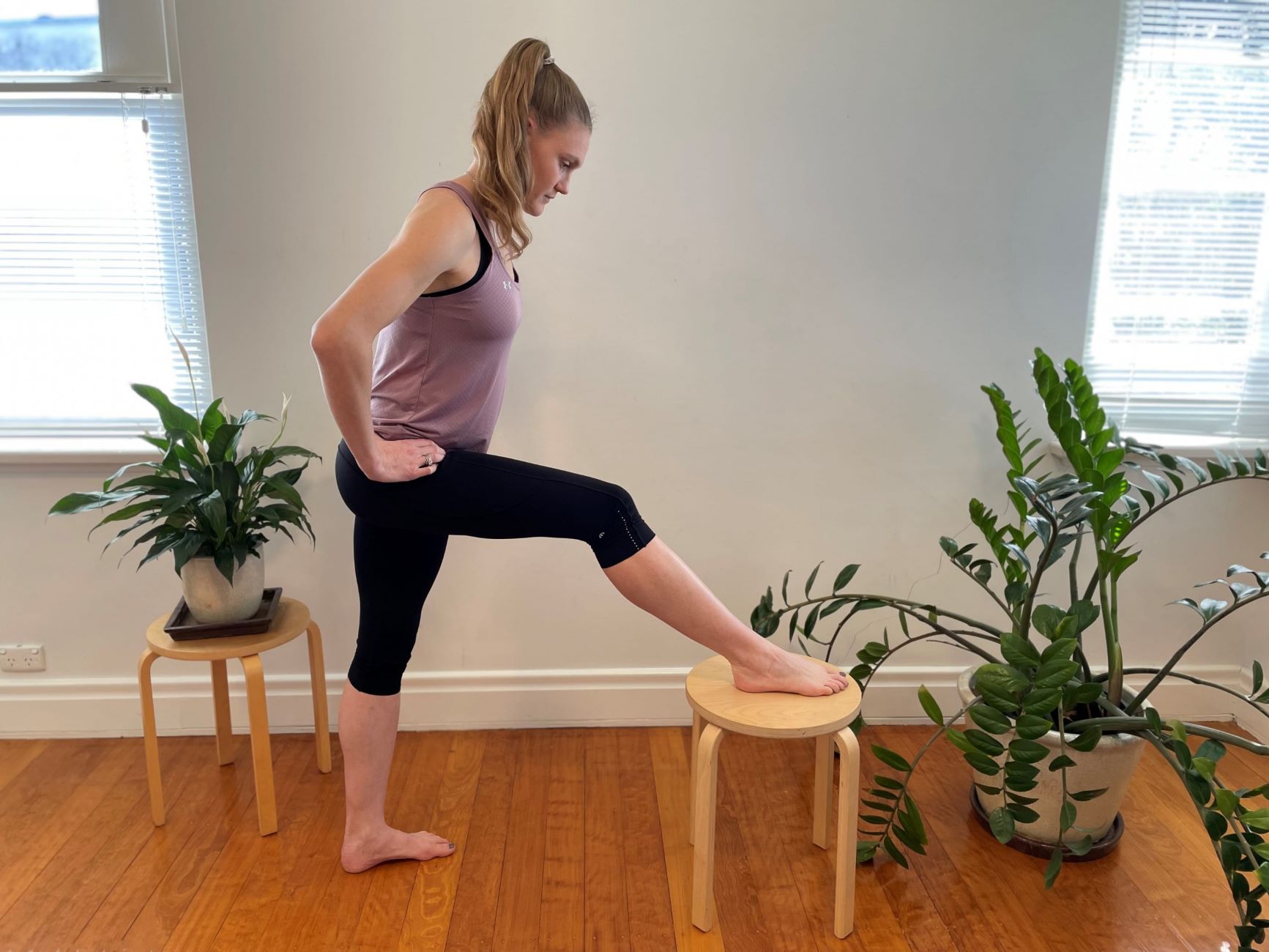Home>Health & Nutrition>Injury Prevention>All You Need To Know About Achilles Tendinopathy
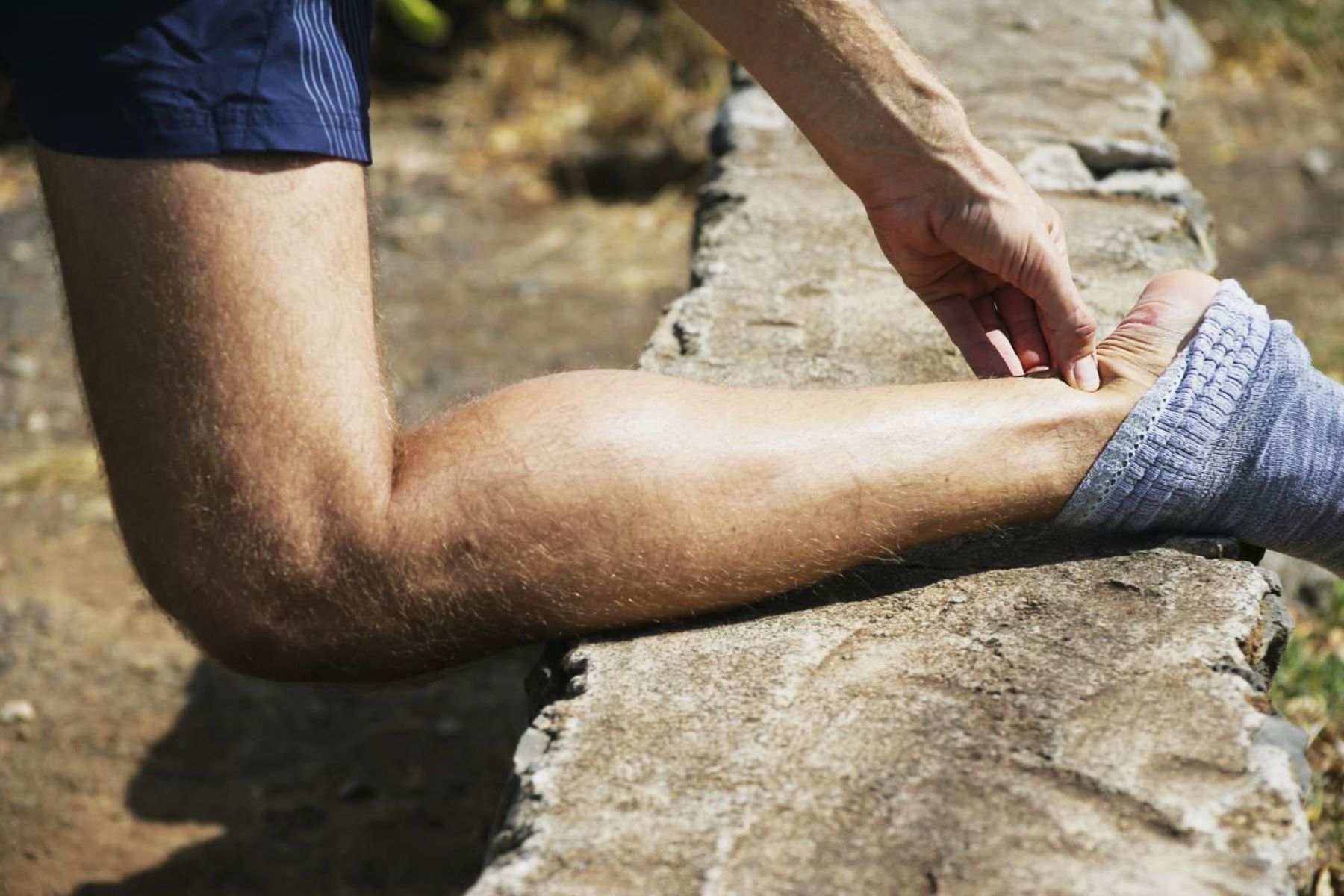

Injury Prevention
All You Need To Know About Achilles Tendinopathy
Published: February 24, 2024
Learn how to prevent Achilles tendinopathy and protect yourself from this common injury. Discover effective strategies for injury prevention and management.
(Many of the links in this article redirect to a specific reviewed product. Your purchase of these products through affiliate links helps to generate commission for Therunningadvisor.com, at no extra cost. Learn more)
Table of Contents
Understanding Achilles Tendinopathy
Achilles tendinopathy, a common condition among athletes and active individuals, refers to the degeneration, inflammation, or irritation of the Achilles tendon. The Achilles tendon, the largest and strongest tendon in the human body, connects the calf muscles to the heel bone, enabling activities such as walking, running, and jumping. When this crucial tendon is affected by tendinopathy, it can lead to discomfort, pain, and reduced mobility.
The development of Achilles tendinopathy is often attributed to overuse or repetitive stress on the tendon, which can result from activities such as running, jumping, or sudden increases in physical activity. Additionally, inadequate warm-up, improper footwear, and biomechanical issues can contribute to the onset of this condition.
Understanding the underlying pathology of Achilles tendinopathy is essential for effective management and prevention. The condition typically progresses through three stages: reactive tendinopathy, tendon disrepair, and degenerative tendinopathy. In the reactive stage, the tendon experiences micro-tears and inflammation, leading to pain and swelling. If left unaddressed, the condition can advance to the disrepair stage, characterized by collagen breakdown and structural changes within the tendon. Ultimately, in the degenerative stage, the tendon undergoes significant structural changes, increasing the risk of tendon rupture.
Moreover, it is crucial to recognize that Achilles tendinopathy can affect individuals of all ages and activity levels, not solely athletes. Sedentary individuals who suddenly engage in intense physical activities are also susceptible to developing this condition. Therefore, understanding the risk factors and potential causes of Achilles tendinopathy is vital for early intervention and effective management.
In summary, Achilles tendinopathy is a multifaceted condition that involves the degeneration, inflammation, and irritation of the Achilles tendon. By comprehending the underlying pathology and recognizing the risk factors associated with this condition, individuals can take proactive measures to prevent its onset and seek appropriate treatment when necessary.
Causes of Achilles Tendinopathy
Achilles tendinopathy can stem from a variety of factors, with overuse and repetitive stress being primary contributors to its development. The condition often arises from activities that involve frequent and intense use of the Achilles tendon, such as running, jumping, or sudden increases in physical activity. These repetitive movements can place excessive strain on the tendon, leading to micro-tears and inflammation. Additionally, inadequate warm-up or cool-down routines before and after physical activities can further exacerbate the risk of developing Achilles tendinopathy.
Improper footwear also plays a significant role in the onset of this condition. Wearing shoes that lack proper support or fail to cushion the heel effectively can increase the strain on the Achilles tendon, making individuals more susceptible to developing tendinopathy. Furthermore, biomechanical issues, such as abnormal foot arches or irregularities in gait, can contribute to the development of this condition. These factors can alter the distribution of forces within the lower extremities, placing undue stress on the Achilles tendon and increasing the likelihood of tendinopathy.
Inadequate recovery periods between physical activities can also lead to the development of Achilles tendinopathy. Failing to allow the tendon sufficient time to rest and repair itself can result in cumulative micro-damage, ultimately leading to the onset of tendinopathy. Moreover, age-related changes in tendon structure and blood supply can make individuals more susceptible to developing this condition as they grow older.
It is important to note that while athletes are commonly associated with Achilles tendinopathy, sedentary individuals who suddenly engage in intense physical activities are also at risk. The abrupt transition from a sedentary lifestyle to rigorous physical exertion can place significant stress on the Achilles tendon, potentially leading to the development of tendinopathy.
In summary, Achilles tendinopathy can be attributed to a combination of factors, including overuse, inadequate warm-up and cool-down routines, improper footwear, biomechanical issues, insufficient recovery periods, and age-related changes in tendon structure. By understanding these causes, individuals can take proactive measures to mitigate the risk of developing Achilles tendinopathy and promote the long-term health of their Achilles tendon.
Symptoms of Achilles Tendinopathy
Achilles tendinopathy manifests through a range of symptoms that can significantly impact an individual's daily activities and physical performance. Understanding these symptoms is crucial for early detection and prompt intervention to prevent the progression of the condition.
One of the hallmark symptoms of Achilles tendinopathy is pain and tenderness in the Achilles tendon, particularly localized at the back of the heel or higher along the tendon. This pain may initially appear during physical activities, such as running or jumping, and gradually intensify over time. Individuals may also experience discomfort when pressing on the affected area or when stretching the calf muscles.
Swelling and thickening of the Achilles tendon are common indicators of tendinopathy. The affected tendon may exhibit noticeable swelling, accompanied by a feeling of thickness or stiffness. This swelling can contribute to a sensation of tightness in the calf and hinder the individual's range of motion.
Furthermore, individuals with Achilles tendinopathy often encounter stiffness and reduced flexibility in the affected tendon and surrounding muscles. This stiffness can impede the normal movement of the ankle joint and lead to difficulties in activities that require dorsiflexion, such as walking uphill or ascending stairs.
Another prevalent symptom is the development of nodules or lumps within the Achilles tendon. These nodules may be palpable and indicate structural changes within the tendon, reflecting the progression of tendinopathy.
In some cases, individuals may experience morning stiffness and discomfort in the Achilles tendon, which can gradually improve with mild activity but worsen with prolonged or intense use of the tendon.
It is important to note that the severity and combination of these symptoms can vary among individuals, and prompt recognition of these signs is crucial for seeking appropriate medical evaluation and intervention. By understanding the symptoms associated with Achilles tendinopathy, individuals can take proactive measures to address the condition and prevent its potential impact on their overall mobility and physical well-being.
Diagnosis and Treatment Options
Diagnosing Achilles tendinopathy involves a comprehensive assessment of the individual's medical history, a thorough physical examination, and, in some cases, imaging studies to confirm the diagnosis and determine the extent of tendon damage. During the physical examination, the healthcare provider may palpate the Achilles tendon to assess for tenderness, swelling, and thickening. Additionally, the individual may be asked to perform specific movements to evaluate the range of motion and identify any limitations or discomfort associated with tendon function.
Imaging studies, such as ultrasound or magnetic resonance imaging (MRI), can provide detailed visualization of the Achilles tendon, allowing healthcare providers to assess the extent of tendon damage, identify structural abnormalities, and differentiate between tendinopathy and other potential causes of heel pain. These imaging modalities play a crucial role in confirming the diagnosis and guiding the development of an appropriate treatment plan.
Once diagnosed, the treatment of Achilles tendinopathy aims to alleviate pain, promote tendon healing, and restore normal function. Non-surgical interventions are typically the first line of treatment and may include rest, ice application, and the use of nonsteroidal anti-inflammatory drugs (NSAIDs) to manage pain and reduce inflammation. Additionally, physical therapy plays a pivotal role in the management of Achilles tendinopathy, focusing on exercises to improve flexibility, strengthen the calf muscles, and enhance the biomechanics of the lower extremities.
Furthermore, orthotic devices, such as heel lifts or custom shoe inserts, may be recommended to provide adequate support and cushioning for the Achilles tendon, particularly during weight-bearing activities. These devices can help alleviate strain on the tendon and promote proper foot alignment, contributing to the overall management of tendinopathy.
In cases where conservative measures do not yield significant improvement, more advanced treatment options may be considered. These may include extracorporeal shock wave therapy (ESWT), a non-invasive procedure that utilizes shock waves to stimulate tendon healing, or platelet-rich plasma (PRP) injections, which involve the injection of concentrated platelets to promote tissue repair and regeneration within the tendon.
Surgical intervention is reserved for severe cases of Achilles tendinopathy that do not respond to conservative treatments. Surgical procedures may involve the removal of degenerated tissue, repair of tendon tears, or in some instances, a complete tendon reconstruction.
In summary, the diagnosis and treatment of Achilles tendinopathy encompass a multifaceted approach that integrates thorough clinical evaluation, imaging studies, and a range of non-surgical and, if necessary, surgical interventions. By tailoring the treatment plan to the individual's specific needs and the severity of the condition, healthcare providers can effectively address Achilles tendinopathy and support the individual's journey towards recovery and restored mobility.
Prevention and Management of Achilles Tendinopathy
Preventing and effectively managing Achilles tendinopathy is essential for maintaining the long-term health and functionality of the Achilles tendon. By implementing proactive measures and adopting healthy practices, individuals can significantly reduce the risk of developing this debilitating condition.
Read more: All You Need To Know About Hamstring Strains
Prevention Strategies
-
Gradual Progression: Avoid sudden and drastic increases in physical activity, particularly high-impact exercises that place excessive strain on the Achilles tendon. Gradually increasing the intensity and duration of workouts allows the tendon to adapt and strengthen over time.
-
Proper Footwear: Selecting appropriate footwear with adequate cushioning and arch support is crucial for minimizing stress on the Achilles tendon. Shoes designed for specific activities, such as running or sports, can help maintain proper foot alignment and reduce the risk of tendinopathy.
-
Warm-Up and Cool-Down: Prior to engaging in physical activities, incorporate dynamic warm-up routines to prepare the muscles and tendons for exercise. Similarly, concluding workouts with gentle stretching and cool-down exercises can aid in preventing undue strain on the Achilles tendon.
-
Strength and Flexibility Training: Incorporate regular strength and flexibility exercises targeting the calf muscles and Achilles tendon. Strengthening these muscles and improving their flexibility can enhance the resilience of the tendon and reduce the risk of overuse injuries.
-
Cross-Training: Diversify physical activities by incorporating low-impact exercises, such as swimming or cycling, to reduce the repetitive strain on the Achilles tendon while maintaining overall fitness.
Management Approaches
-
Early Intervention: Address any signs of Achilles tendinopathy promptly to prevent the progression of the condition. Rest, ice, and elevation can help alleviate initial symptoms and reduce inflammation.
-
Physical Therapy: Engage in targeted physical therapy programs focusing on strengthening the calf muscles, improving flexibility, and correcting biomechanical imbalances. These exercises can aid in the rehabilitation of the Achilles tendon and promote optimal function.
-
Orthotic Support: Consider the use of orthotic devices, such as heel lifts or custom shoe inserts, to provide additional support and cushioning for the Achilles tendon, particularly during weight-bearing activities.
-
Monitoring Training Load: Pay attention to training intensity and duration, ensuring that the workload remains within manageable limits to prevent overuse and excessive strain on the Achilles tendon.
-
Biomechanical Assessment: Seek professional evaluation of gait and foot mechanics to identify any irregularities that may contribute to the development of Achilles tendinopathy. Addressing these biomechanical issues can help mitigate the risk of tendon injuries.
By integrating these preventive strategies and management approaches into daily routines, individuals can proactively safeguard the health of their Achilles tendon and minimize the likelihood of developing Achilles tendinopathy. Additionally, maintaining open communication with healthcare providers and seeking guidance on injury prevention can further support the long-term well-being of the Achilles tendon.
Recovery and Rehabilitation from Achilles Tendinopathy
Recovery and rehabilitation from Achilles tendinopathy play a pivotal role in restoring the optimal function of the Achilles tendon and enabling individuals to resume their regular activities with confidence. The process of recovery encompasses a comprehensive approach that addresses pain management, gradual reintroduction of physical activities, and targeted rehabilitation strategies to promote tendon healing and strength.
Upon the diagnosis of Achilles tendinopathy, the initial phase of recovery often involves rest and activity modification to alleviate pain and reduce stress on the affected tendon. This period allows the tendon to undergo initial healing and diminish inflammation, laying the foundation for subsequent rehabilitation efforts. Additionally, the application of ice and elevation can aid in managing pain and swelling, contributing to the early stages of recovery.
As individuals progress through the recovery phase, a gradual reintroduction of physical activities is essential to rebuild strength and flexibility in the Achilles tendon and surrounding muscles. Physical therapy plays a central role in this process, offering tailored exercise programs that focus on strengthening the calf muscles, improving range of motion, and enhancing the biomechanics of the lower extremities. These exercises aim to address any underlying weaknesses or imbalances that may have contributed to the development of tendinopathy, promoting the overall rehabilitation of the tendon.
Furthermore, targeted stretching and flexibility exercises are integrated into the rehabilitation regimen to enhance the pliability of the Achilles tendon and prevent the formation of adhesions or scar tissue. These exercises aid in restoring the natural elasticity of the tendon, reducing stiffness, and promoting optimal function.
Orthotic support, such as heel lifts or custom shoe inserts, may be recommended during the recovery phase to provide additional cushioning and support for the Achilles tendon, particularly during weight-bearing activities. These devices help alleviate strain on the tendon and promote proper foot alignment, contributing to the overall rehabilitation process.
In cases where conservative measures do not yield significant improvement, advanced rehabilitation techniques, such as eccentric strengthening exercises, may be employed to specifically target the Achilles tendon. Eccentric exercises involve lengthening the calf muscles under tension, which has been shown to promote tendon healing and improve tendon strength.
Throughout the recovery and rehabilitation process, close collaboration with healthcare providers and adherence to the prescribed treatment plan are essential. Regular progress assessments and adjustments to the rehabilitation program ensure that the recovery trajectory aligns with the individual's specific needs and the severity of the condition.
By embracing a comprehensive approach to recovery and rehabilitation, individuals can effectively overcome the challenges posed by Achilles tendinopathy and regain the strength, flexibility, and functionality of their Achilles tendon. This proactive approach to rehabilitation not only facilitates physical recovery but also empowers individuals to pursue their active lifestyles with resilience and confidence.

